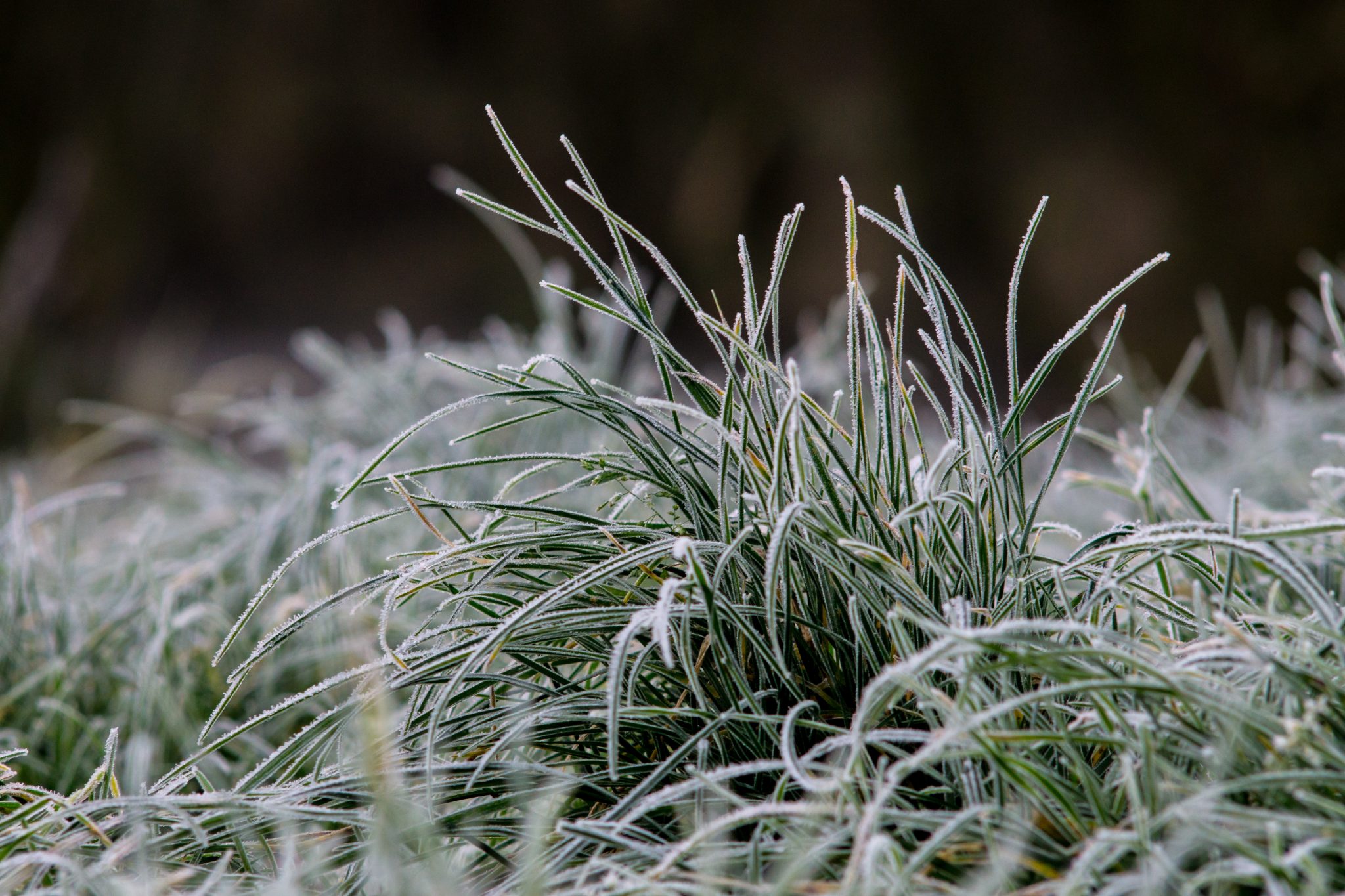It’s easy to neglect our lawns over the winter months, but our grass will appear vibrant and robust come spring if we put some effort in now.
Remember, even though your grass may lay dormant in the winter – whether it is a type of buffalo grass, couch grass, or anything in between – your soil and turf are still living, so regular care is necessary!
So, seven fundamental undertakings you will need to do for your lawn in winter are listed below…
Take Action with Weed Control
Weeds take advantage of the lawn’s weaker state throughout winter, as weeds tend to grow in any gaps that may exist in your lawn. Winter weeds sprout at colder soil temperatures and appear in April/Easter and May. Bindi Burr, Clover, Dandelions, Capeweed, Cudweed, and Thistles are all examples of winter Broad-Leafed Weeds.
Winter is the time to use a type of herbicide to kill intruders without harming the lawn. Your local turf supplier should recommend a specific herbicide to use for your certain lawn issues, allowing you to manage the issue simply. Still, you should always read the label to verify the product is appropriate for your turf type.
Many classic pre-emergent herbicides can be found at your local turf supplier. They contain the chemical Dicamba, which is very effective on Kikuyu and Couch lawns, but they can harm young lawns and turf variations like types of buffalo grasses.
Since each type of herbicide and fertilizer manage different weeds, make sure you communicate your lawn problem accurately to your local turf supplier so they can best serve you.
Supplement Your Lawn with Fertilisers
Late August is the ideal time to feed your grass, because of the widespread availability of slow-release lawn feeds. A fertilizer – also known as plant food by turf suppliers – is a broad term for either a combination of chemicals or naturally occurring matter used to boost plant growth.
Nutrient-dense fertilizers are available from a reputable turf supplier in many forms including, slow-release, organic, grain, powders, water-soluble, and granular fertilizers. Each can be added to the soil, or you can buy compost that already has the nutrients mixed in.
Another alternative is to use a pH-neutral organic booster fertilizer, as they will help your soil grow stronger. It’s a good idea to ask your turf supplier which manures are used in a product, as this will impact how effective the product is on your type of turf. For example, fertilizers can contain poultry manure, sheep manure, goat manure, aged manure, and much more.
Pests
Luckily for us, beetles and other grubs fall dormant in the winter, so there is no need to worry about pests in your lawn in Winter. Although, keep in mind that lawn beetles, grubs, and other pests are most active while the lawn is in its growth stage. So be prepared in mid-spring and summer with some pesticides from a reputable turf supplier to match your type of lawn accurately.
Consider Your Lawns’ Aeration
Soil compaction may be an issue in the winter, especially in high-wear regions or when there is a lot of rain. If you can’t prevent foot traffic on your lawn, aerate any places that can’t be avoided regularly to loosen the soil.
The same is true after severe rains, especially if pools of water form or the soil becomes soggy. Aeration will allow air to reach the root zone, enabling your grass to breathe and avoid excessively compacted soil.
Since soil is generally most compacted towards the end of the winter, aeration will help the grass get ready for spring. This can be accomplished by vigorously pressing a fork as far as possible vertically into the soil, or for a much easier and less time-consuming method, purchase aerating shoes or a machine aerator from your local turf supplier.
When aerating, keep an eye out for any underground irrigation lines. If your lawn has been especially dry this winter, a wetting agent can be purchased from your local turf supplier to enhance the health of your grass by drawing water to the soil.
Mow Your Turf Less
As the seasons change, you’ll notice that all types of grasses grow more slowly, so your mower will be able to take a vacation throughout the winter! In addition, it’s an excellent time of year to give your faithful mower some TLC. You can take it to your local turf supplier to get the blades sharpened in preparation for spring dethatching.
In the winter, especially in shady places, it is advisable to leave additional length on the turf leaf. If you leave your grass on the longer side, you’ll have more leaf area for photosynthesis, which will keep your grass healthier and keep those pesky winter weeds at bay.
Repeated mowing weakens the grass during winter, making it more susceptible to diseases and weeds. When mowing your lawn, keep it no shorter than 2.5cm. Mow your lawn once every three to four weeks – rather than once a week – depending on the type of lawn on your property.
To help your lawn acclimate to the changing weather. The grass will be able to absorb more sunshine and nutrients if the height of your mower and the height of your lawn are both increased.
Reduce Your Amount of Watering
Overall, you should water grass much less in winter, do not water your lawn until the grass seems to be very dry and the leaf is withering. Overwatering your lawn in the winter makes it more susceptible to fungal.
The curling of the leaves will indicate that your grass is dry. If that’s the case, give it a drink; otherwise, leave it alone. If possible, avoid putting too much moisture into the soil, as this will increase soil compaction. However, if you want to maintain as much color as possible, give your grass a gentle watering immediately before the sun rises in the mornings to eliminate frost from the leaf.
Keep in Touch with Your Local Turf Suppliers
Winter is a beautiful time of year, but it also necessitates a lot of upkeep on your property. Contact your local turf supplier to assist you in preparing your grass for the colder weather.
Lawns have gone dormant, and growth has slowed due to the cold. If you reside in a hotter climate, your turf suppliers will help you balance the discoloration that occurs when the temperature drops.
Remember, if it’s greener in the spring, it’ll recover more quickly. Do not apply anything if you are in an area where there is a lot of frosts.











